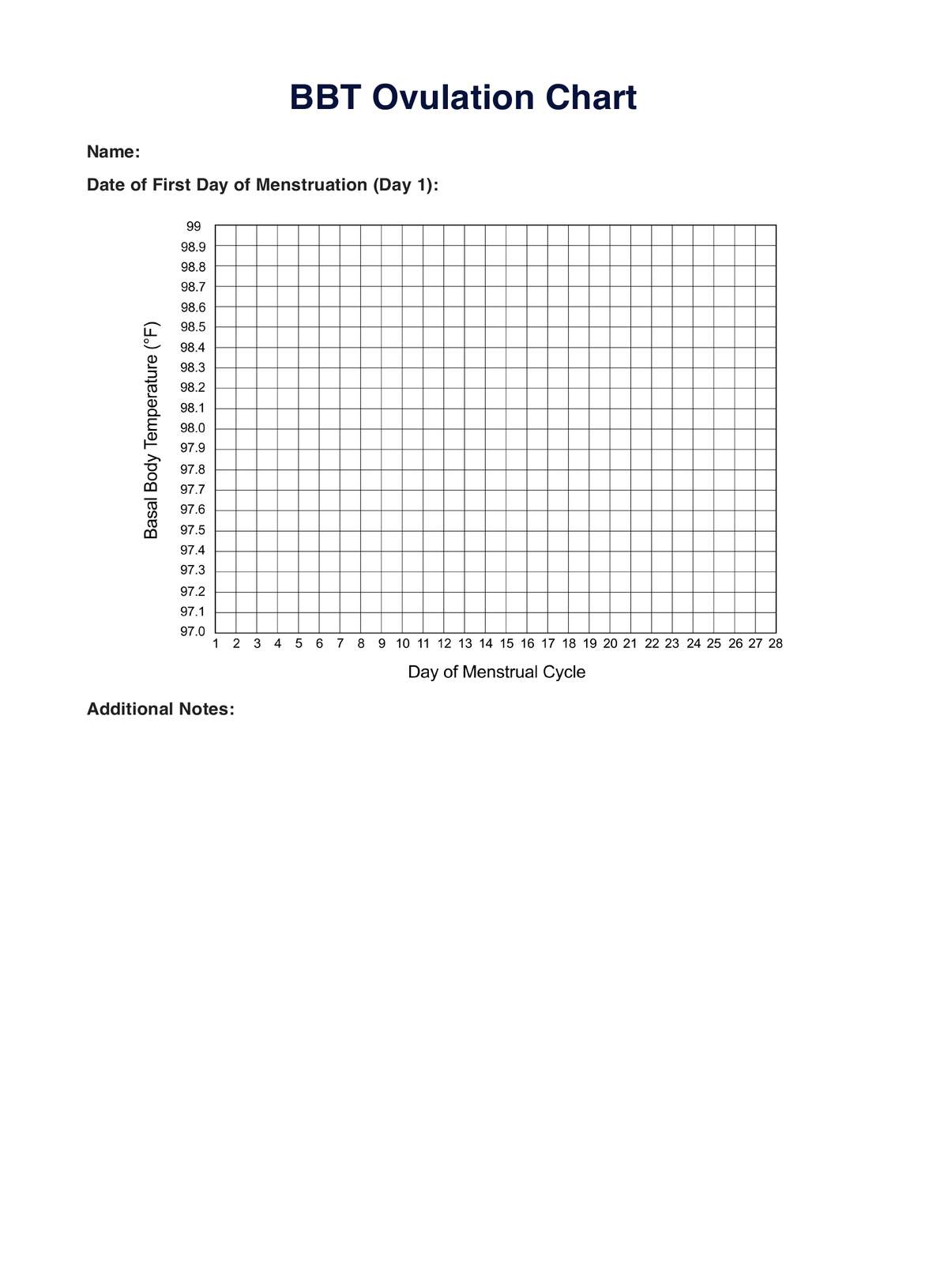No. Due to its susceptibility to external factors and the natural variations in menstrual cycles, BBT ovulation tracking should not be relied upon for preventing pregnancy. Other contraceptive methods, such as barrier or hormonal methods, should be used.

BBT Ovulation Chart
Use our free BBT Ovulation Chart in your practice. Download the free template and example in this guide.
Use Template
BBT Ovulation Chart Template
Commonly asked questions
BBT can be influenced by factors that raise or lower your body temperature. This could be emotional factors, an infection, your external environment, alcohol consumption, or other factors.
BBT needs to be measured daily for this chart to detect the nadir and rise in temperature associated with ovulation.
EHR and practice management software
Get started for free
*No credit card required
Free
$0/usd
Unlimited clients
Telehealth
1GB of storage
Client portal text
Automated billing and online payments











